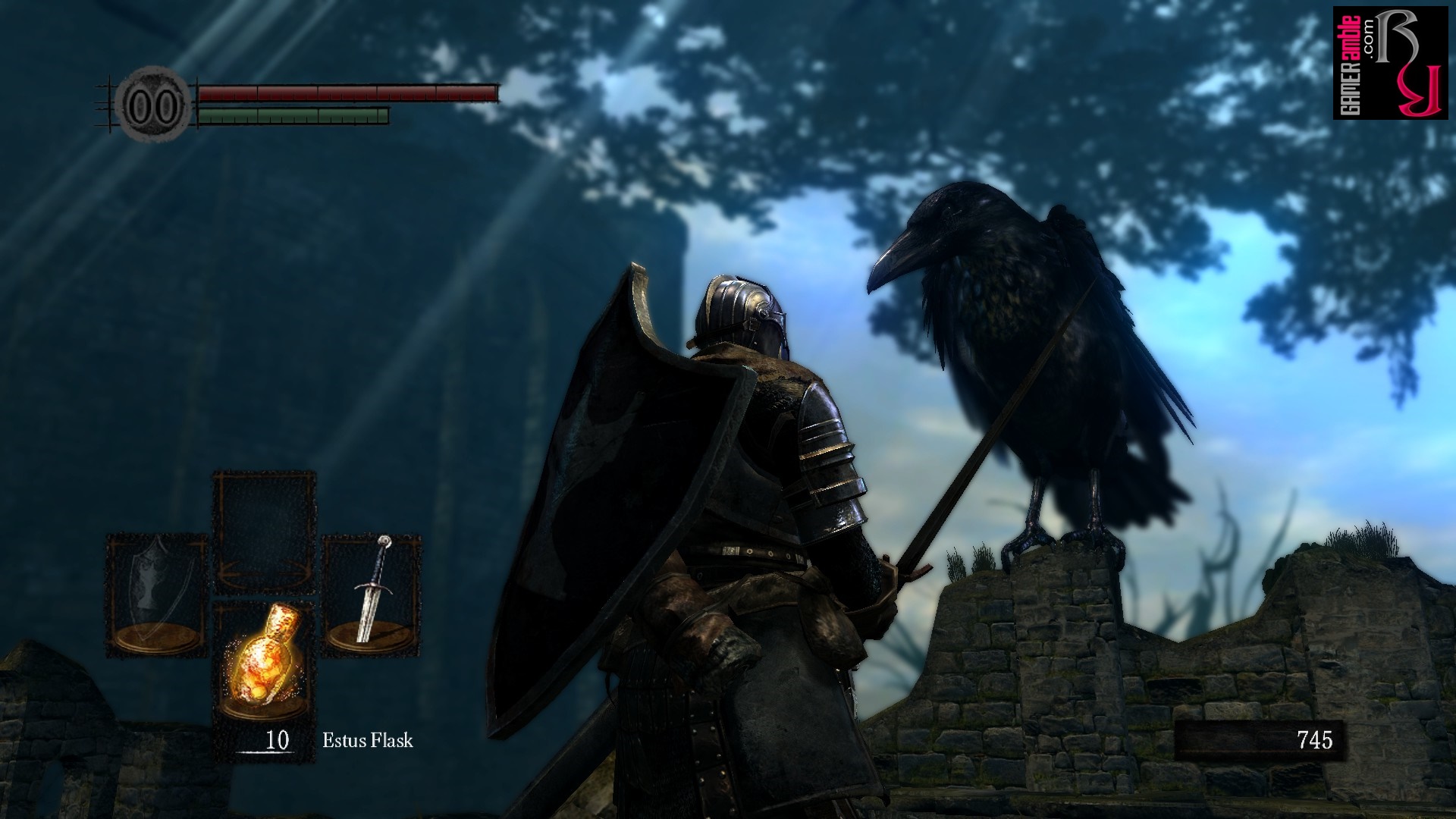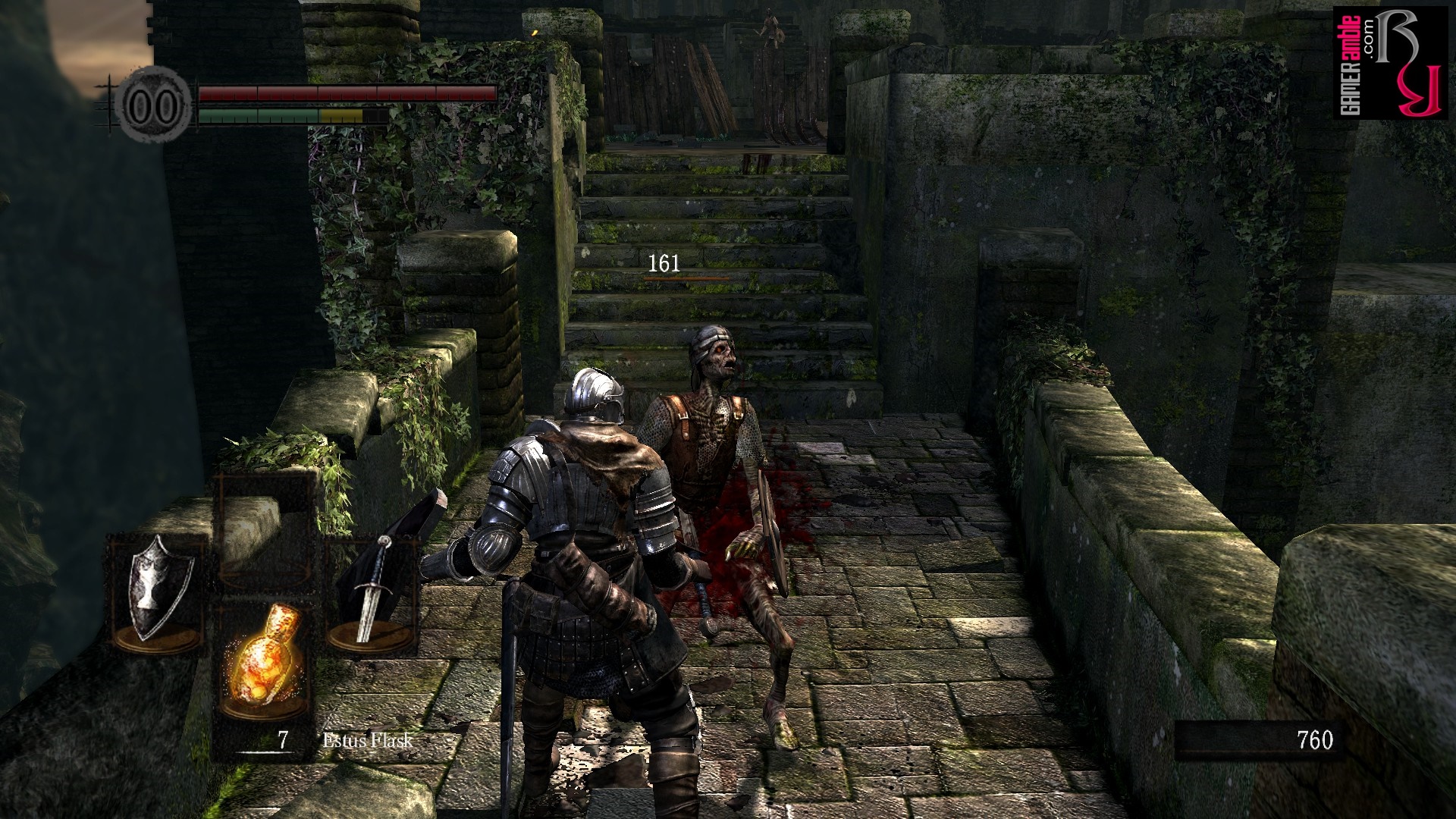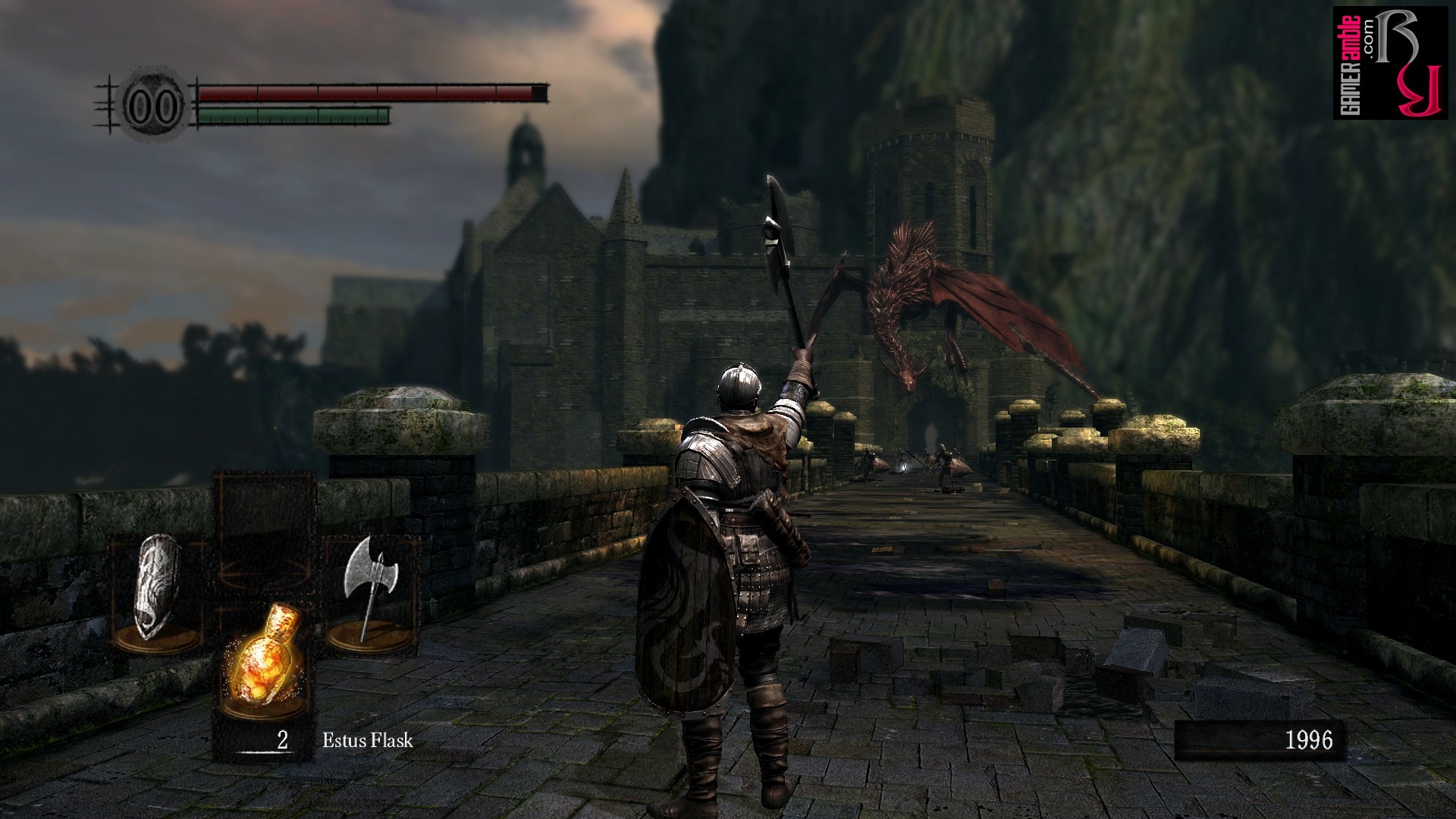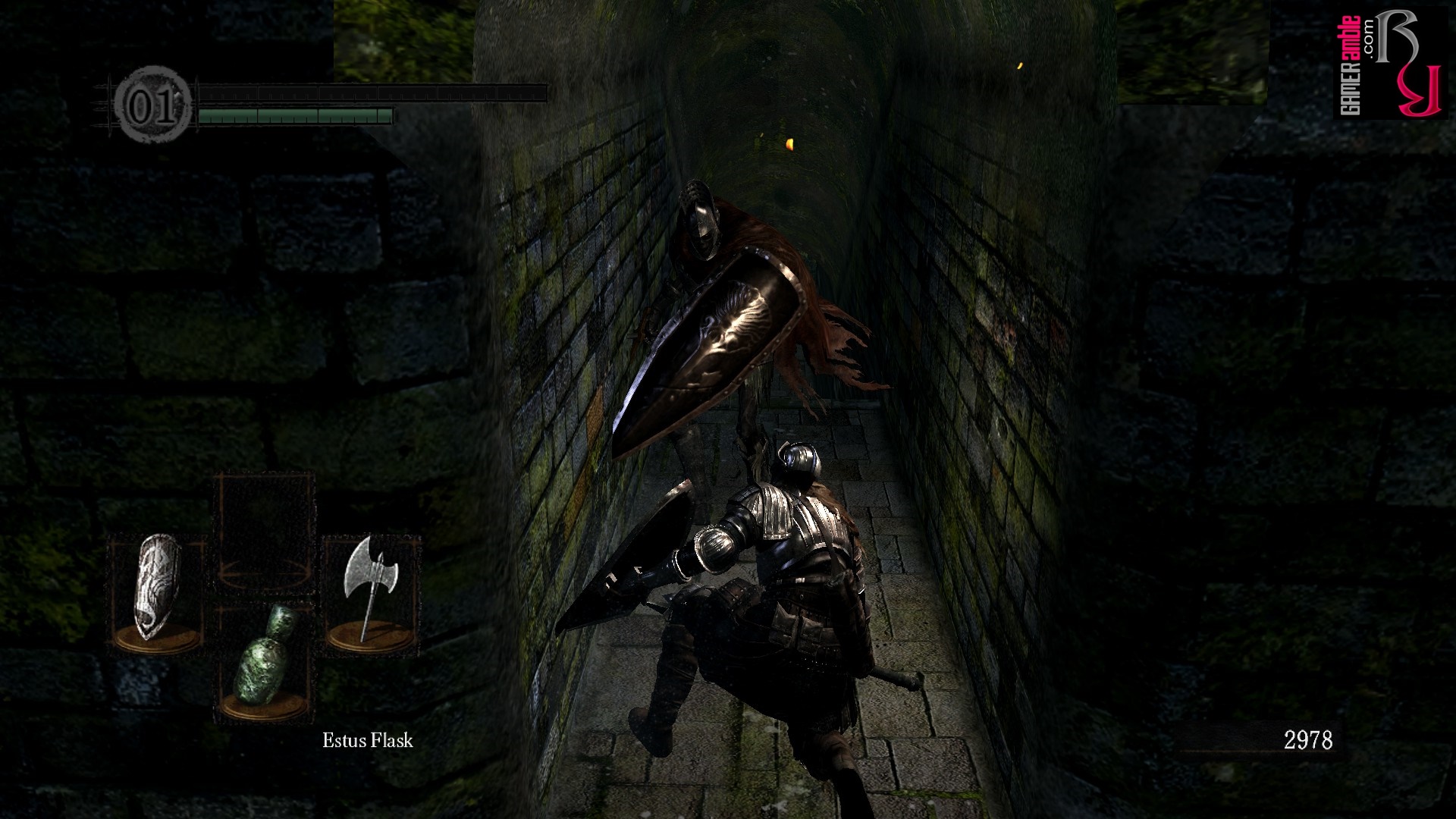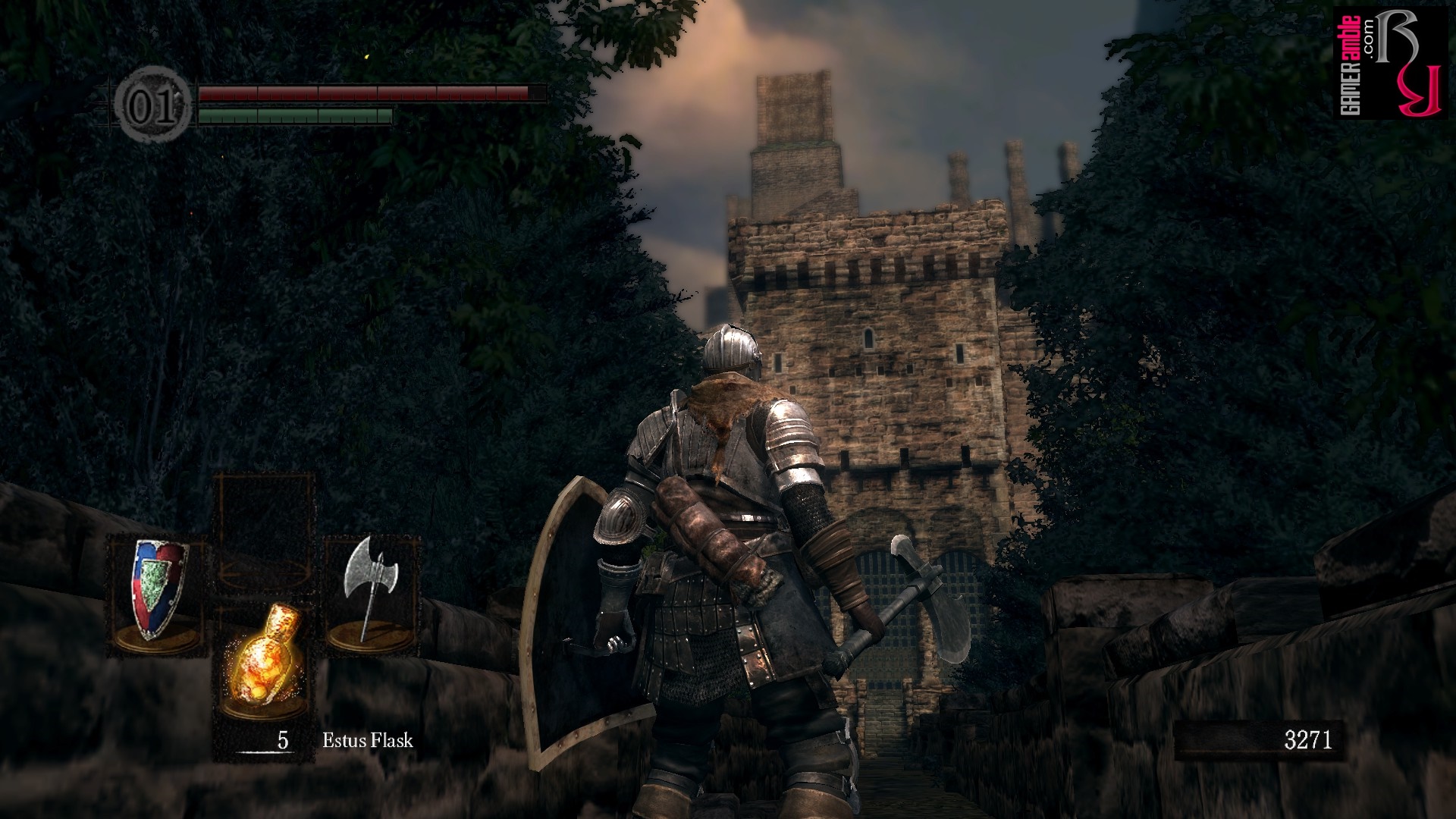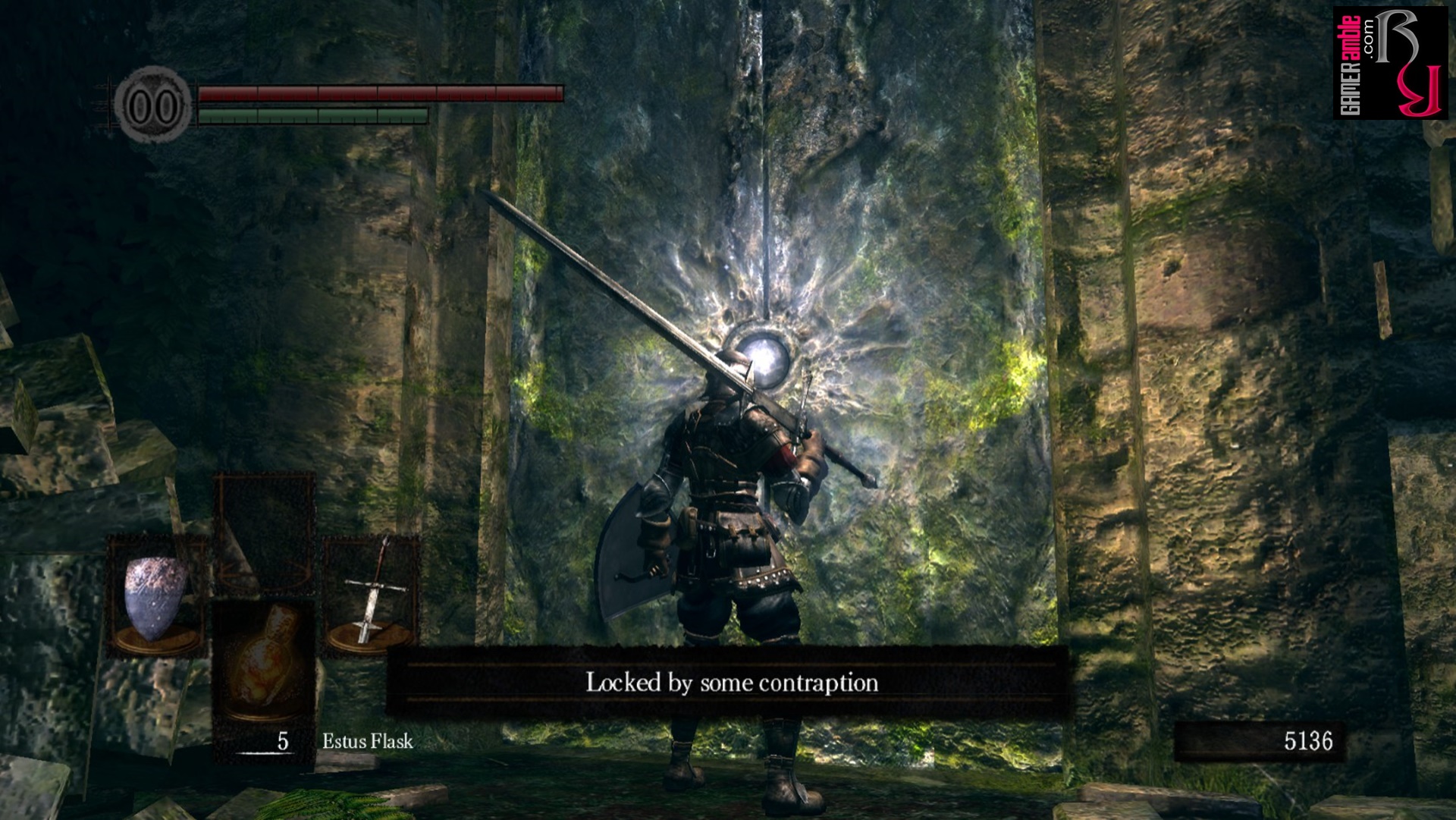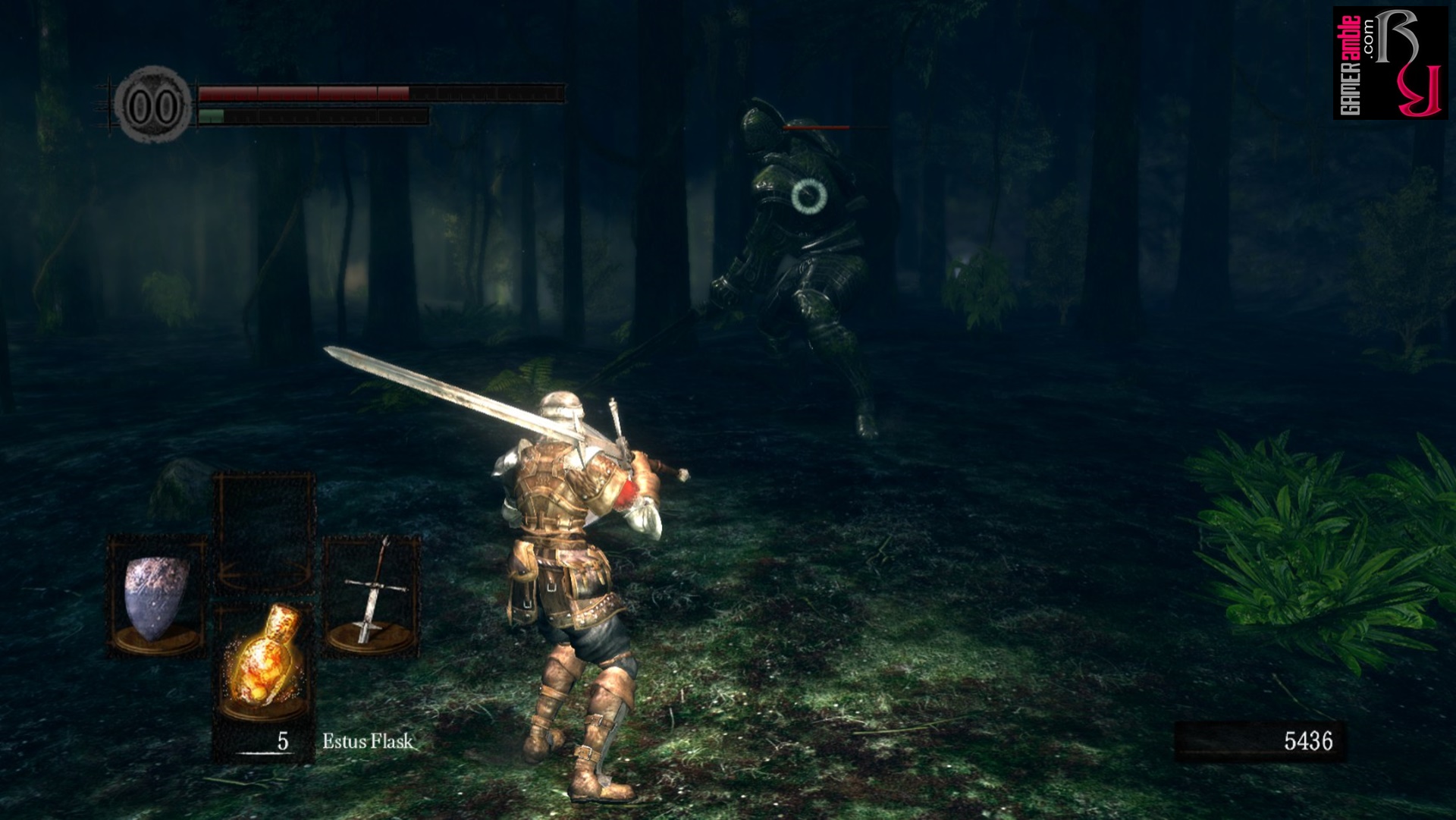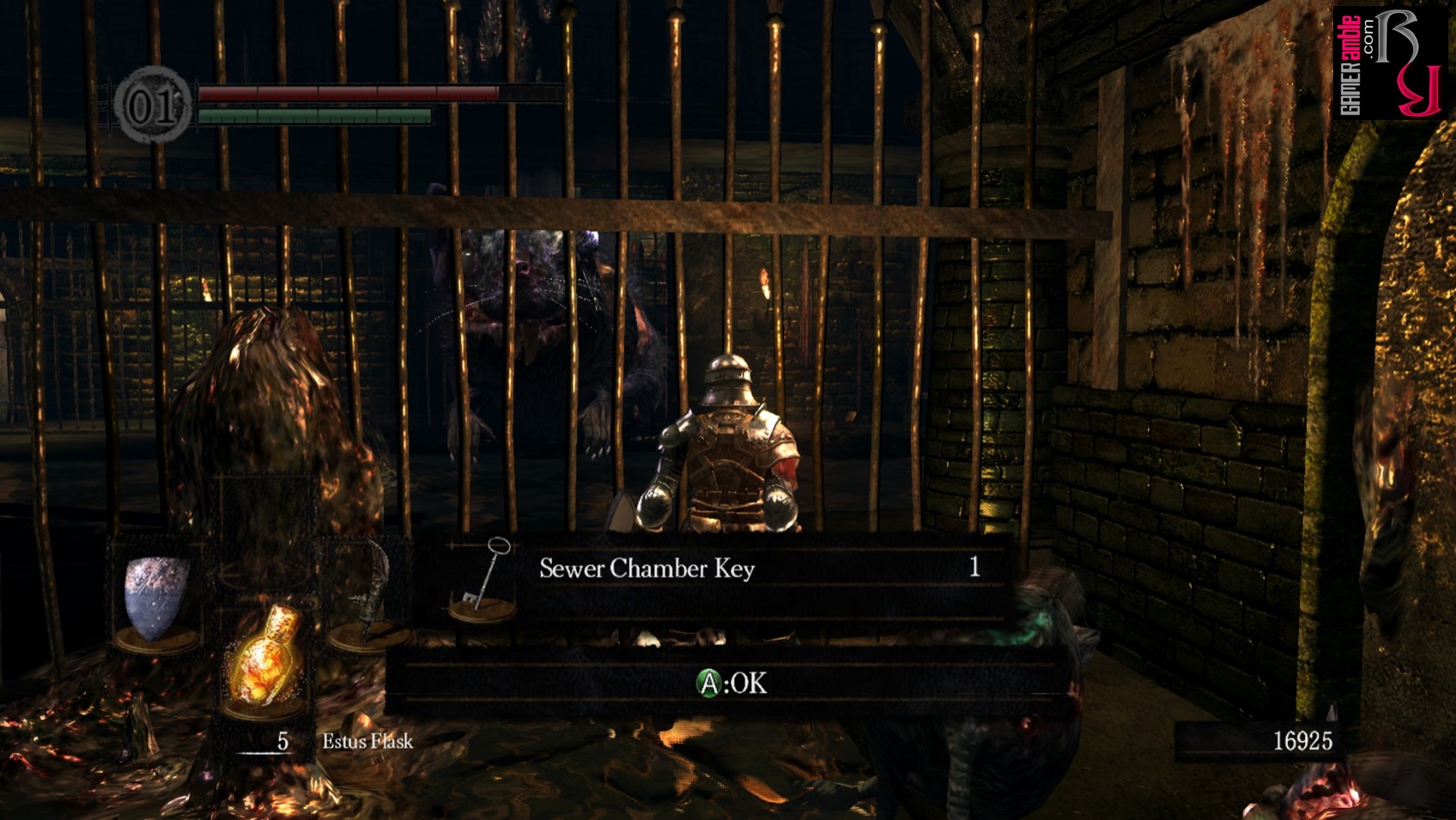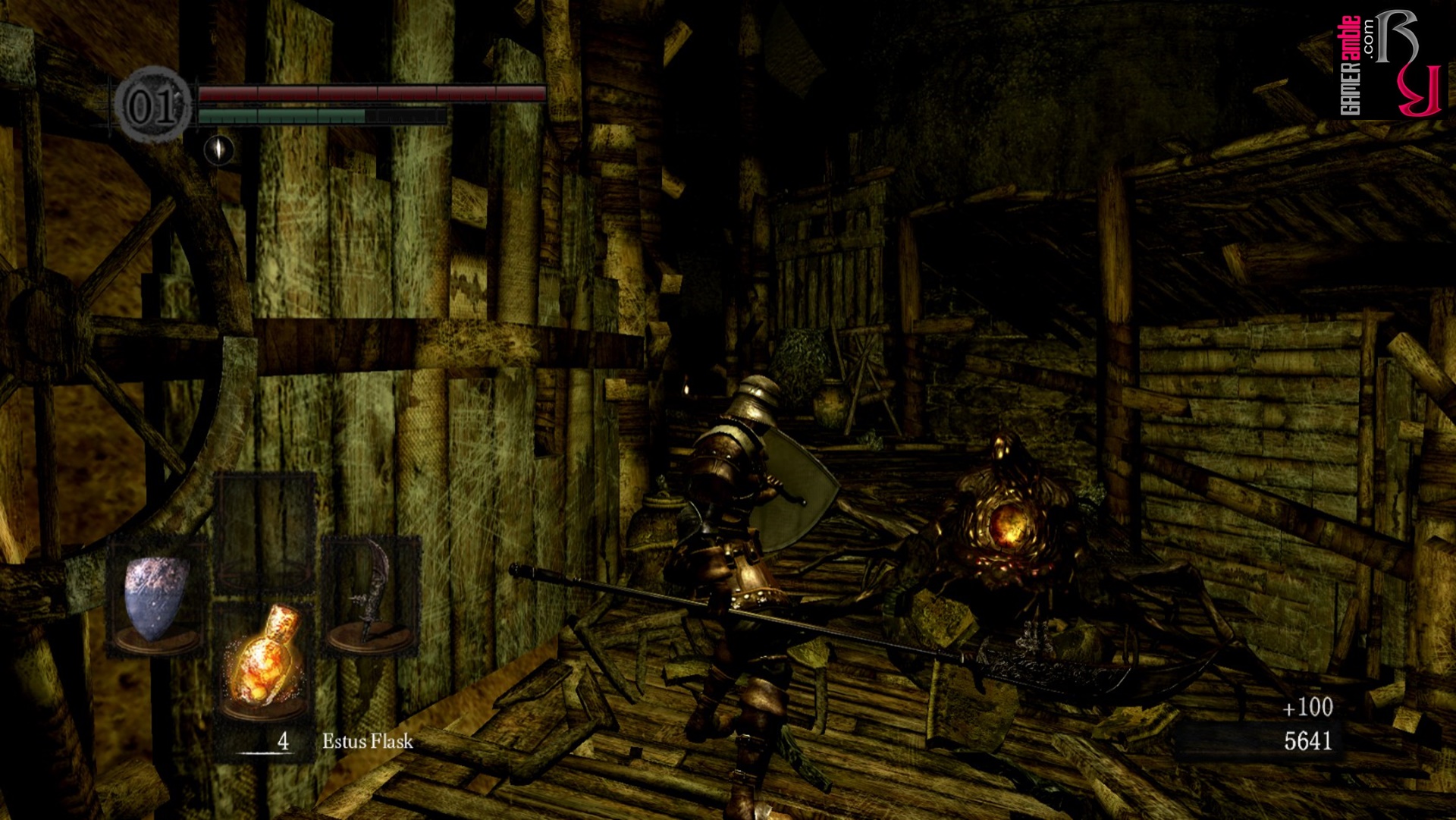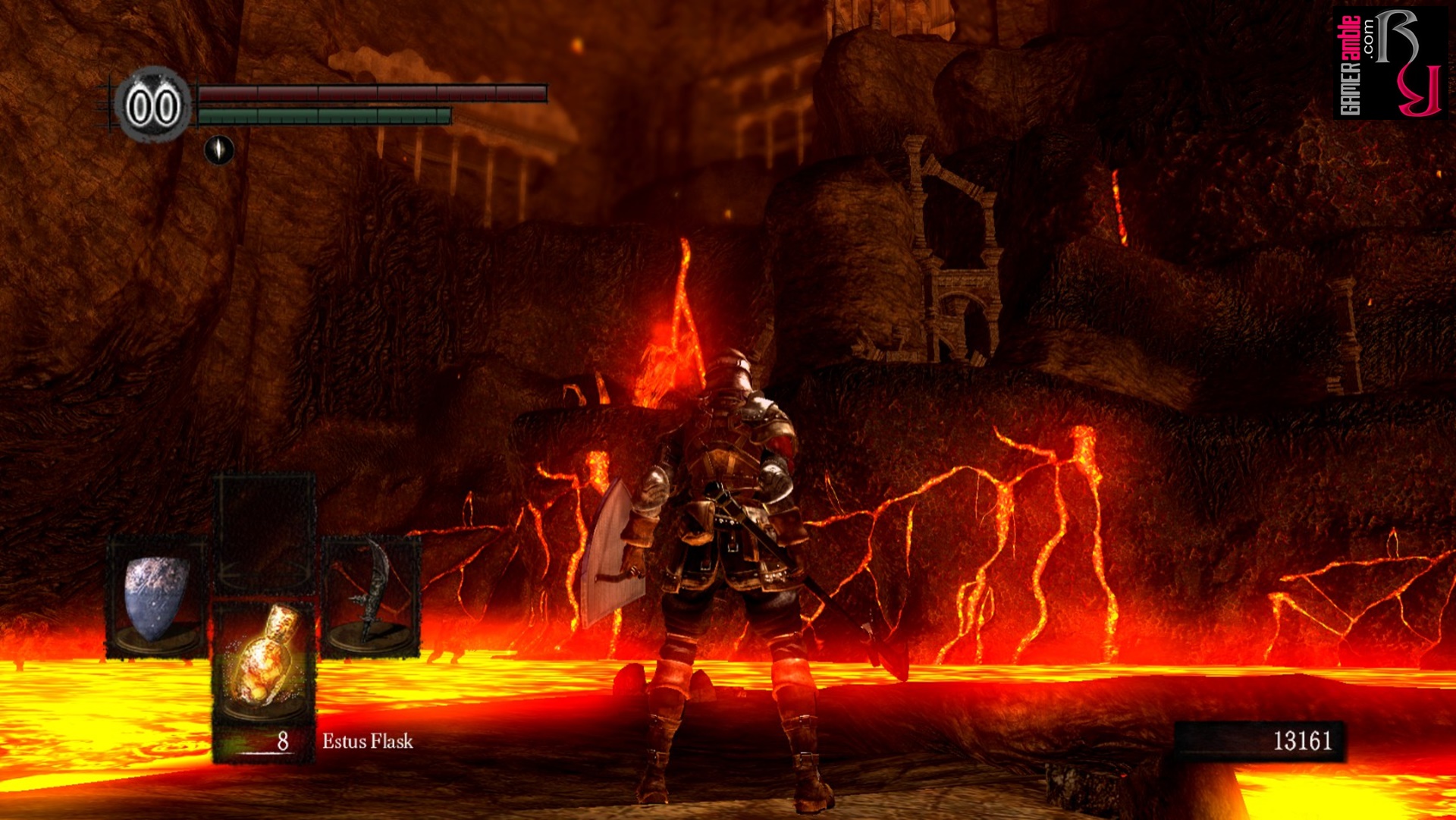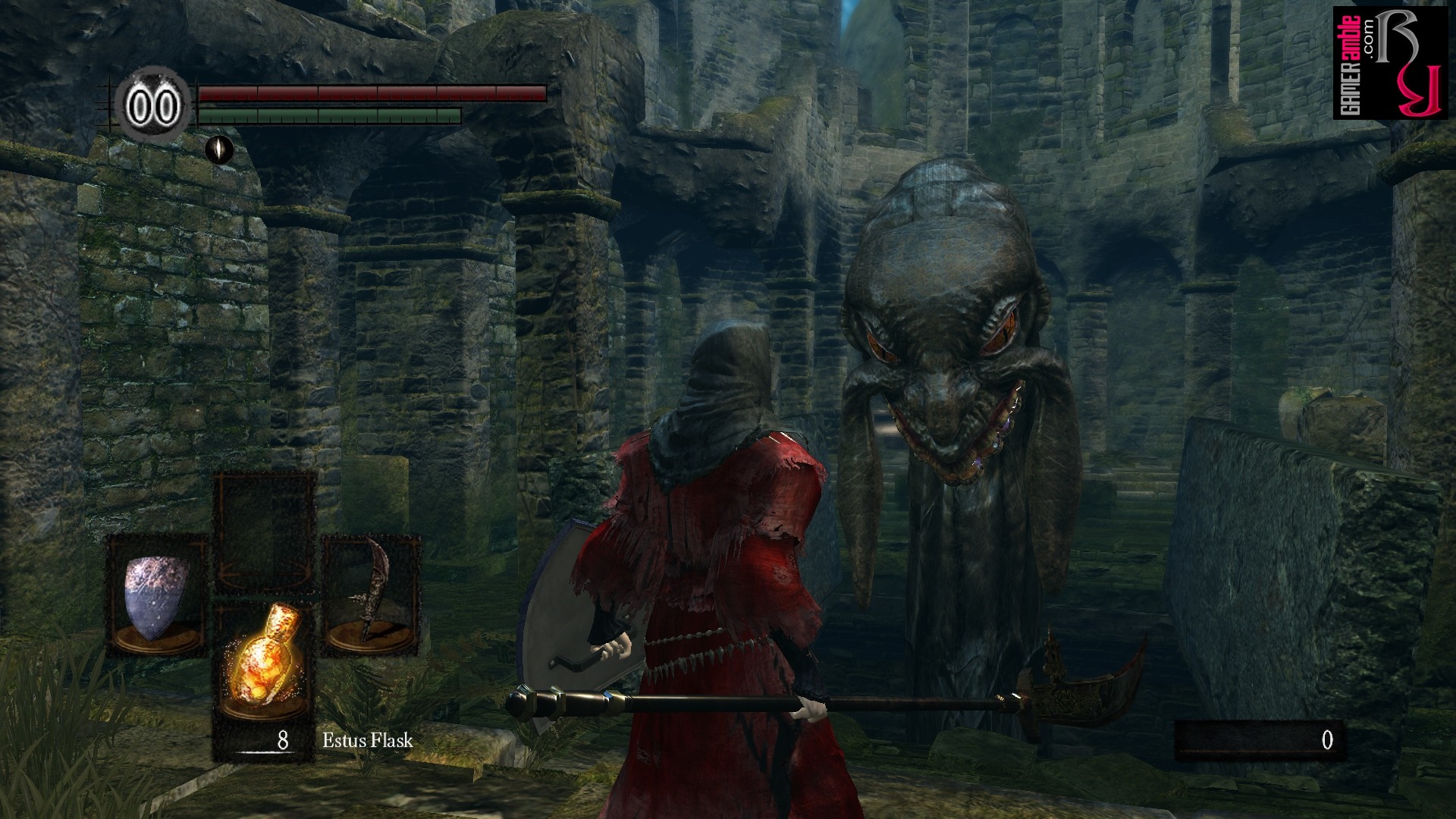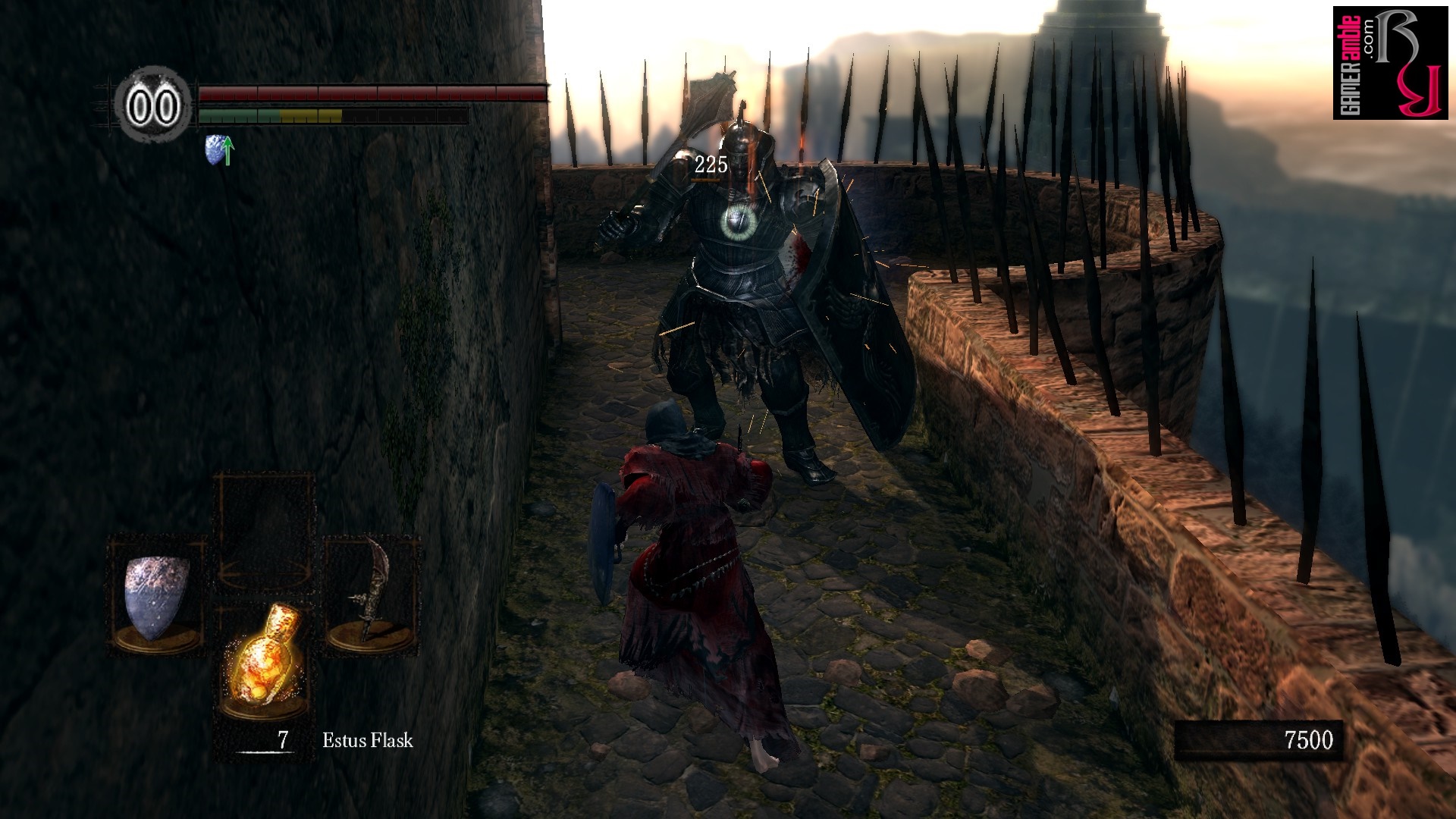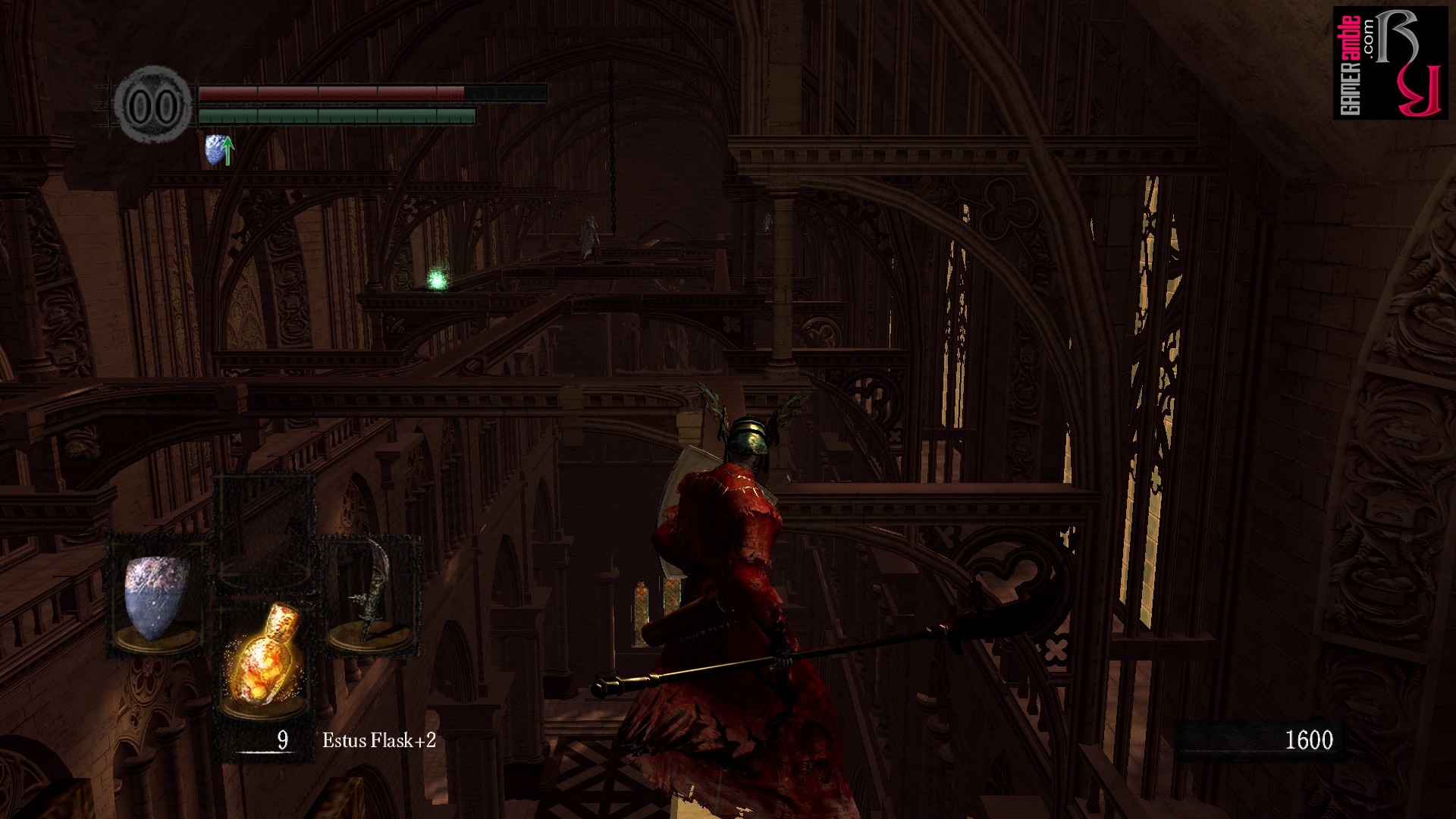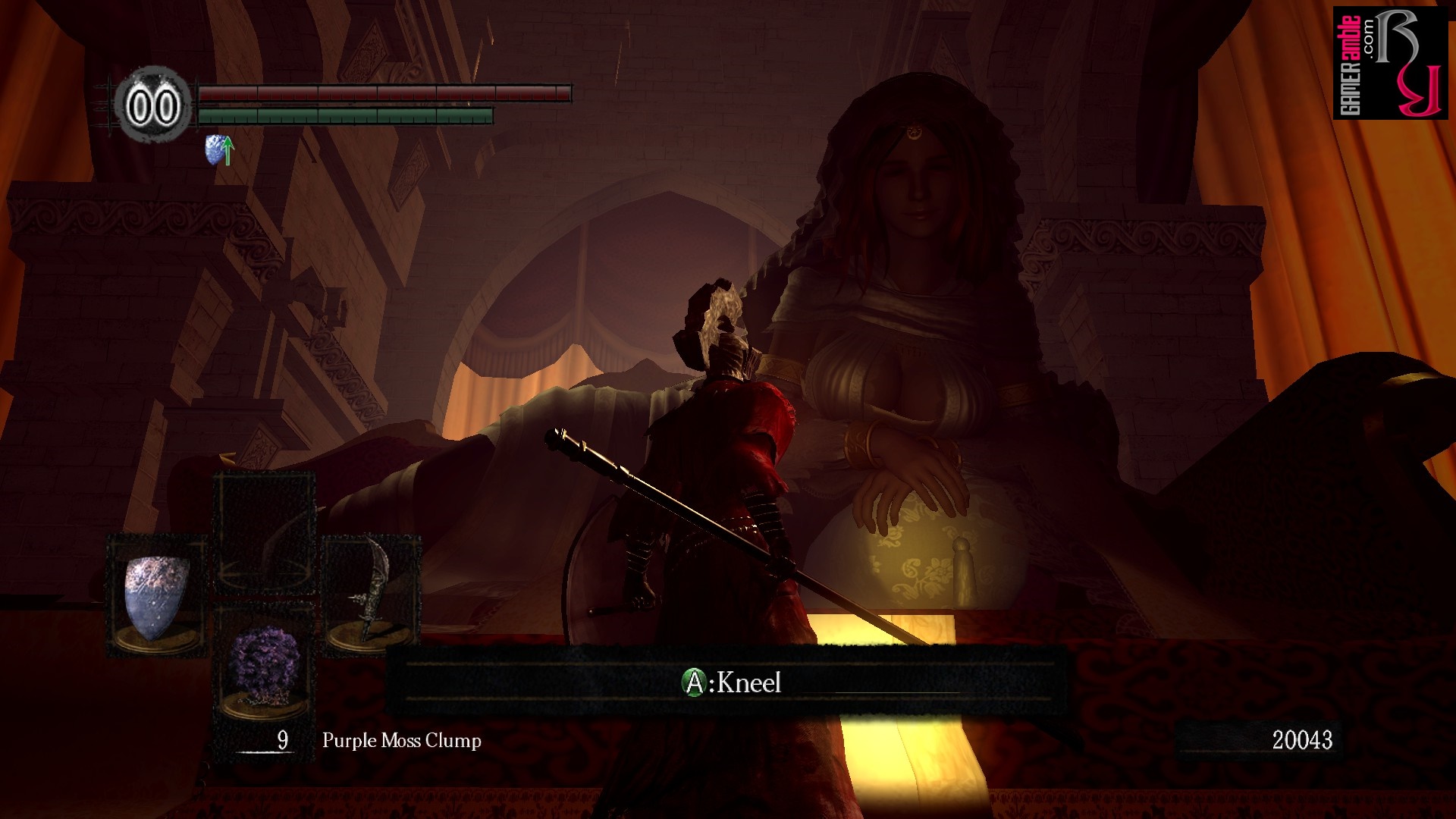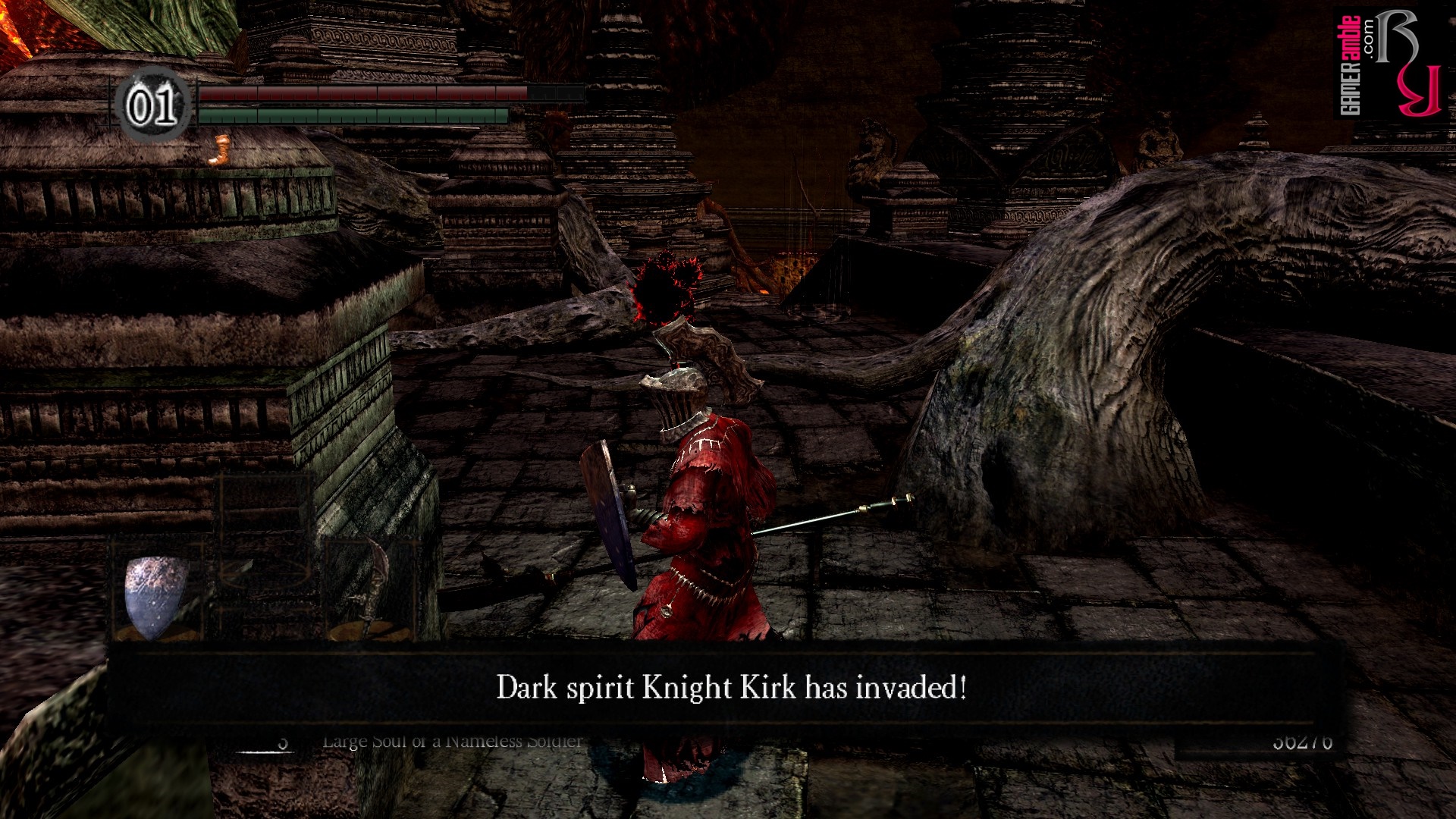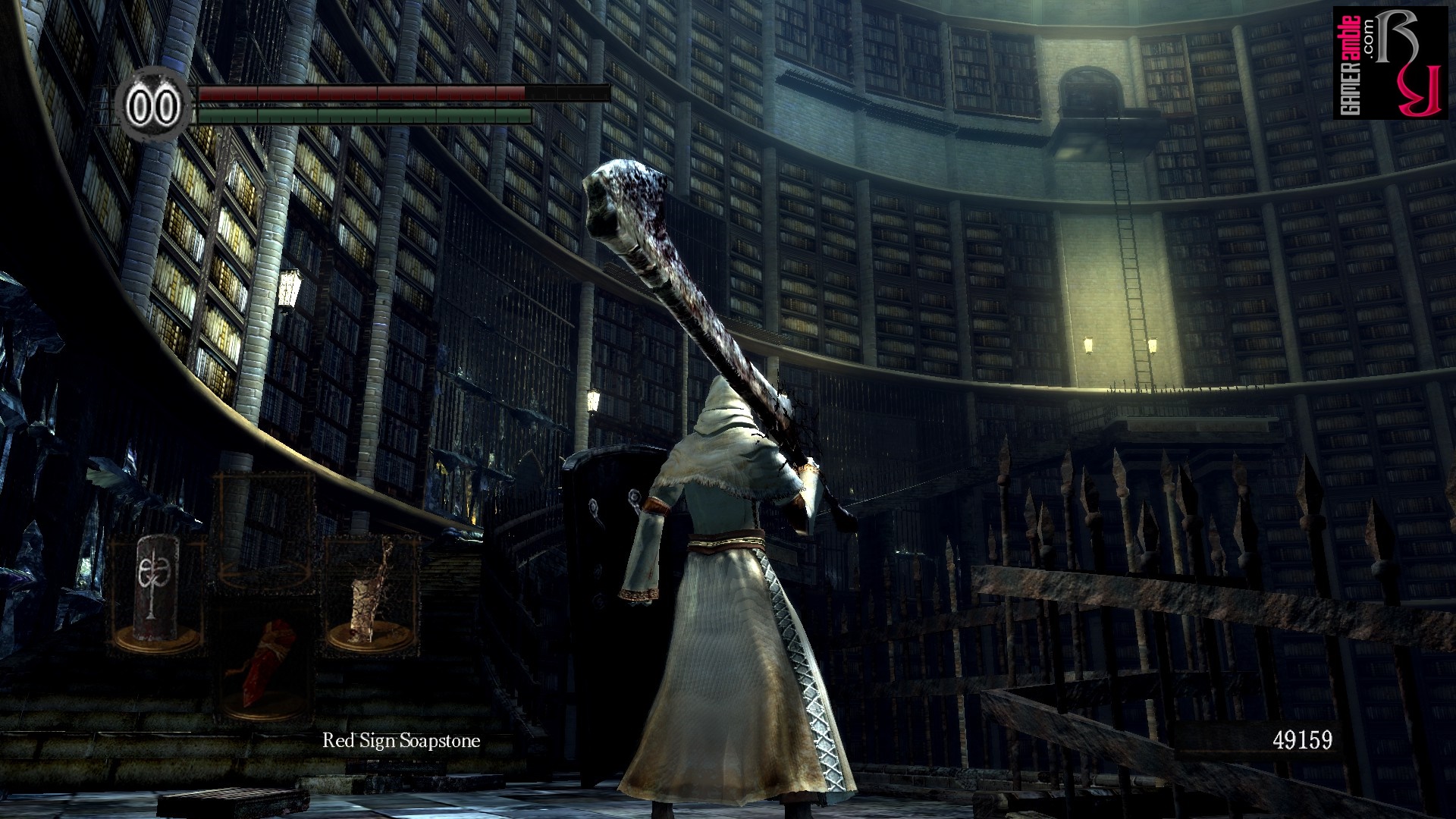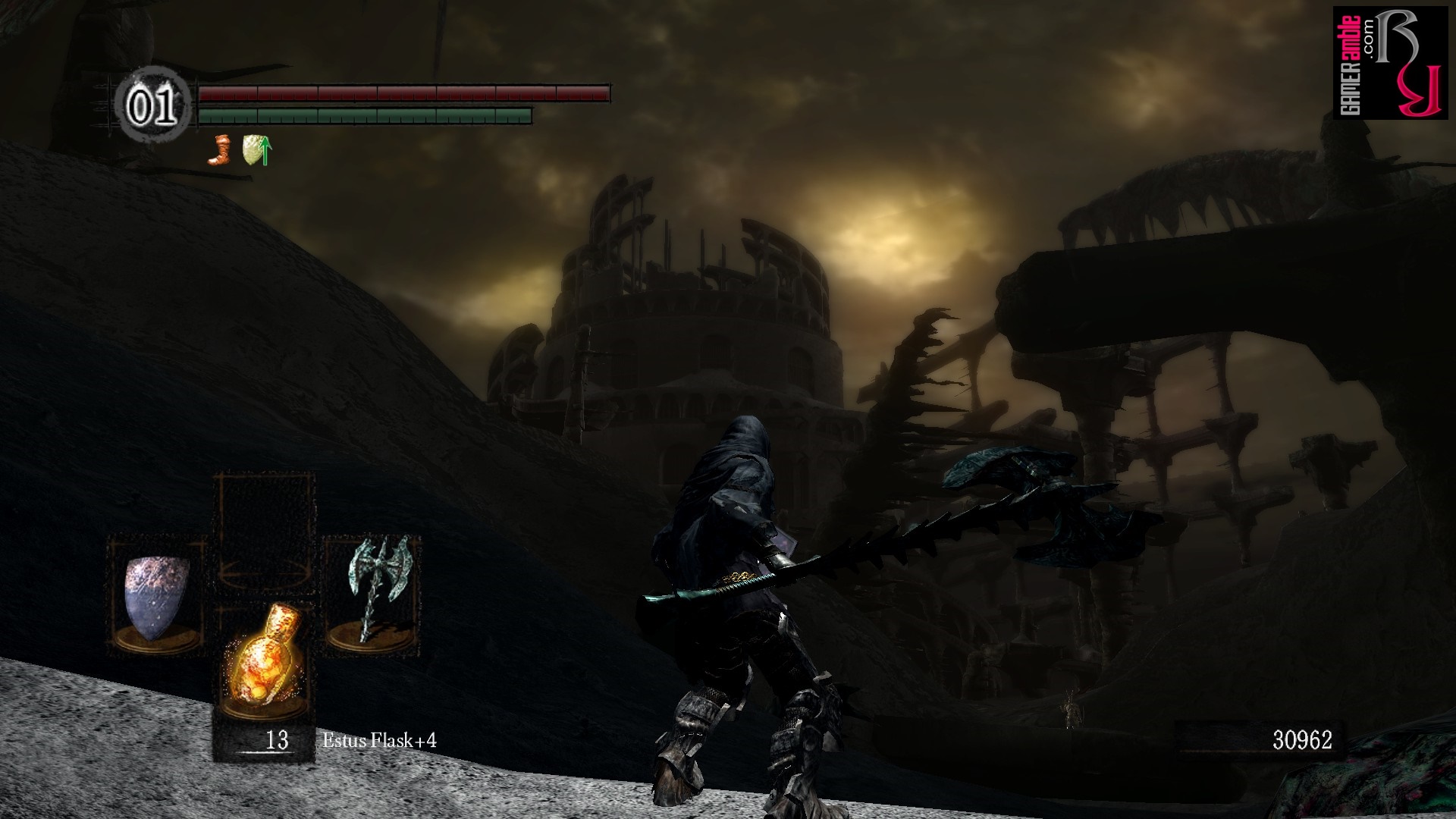DARK SOULS™: Prepare To Die™ Edition
Developer: FromSoftware | Publisher: BANDAI NAMCO Entertainment | Release Date: 2012 | Genre: Action / RPG | Website: Official Website | Purchase: N/A
Alone, hollow, and locked away in an undead asylum awaiting the world’s end. That’s how players are introduced to the world of Dark Souls, and things only become bleaker from there on out. While escaping from the confines of this prison, players discover that they are a member of those marked by the Darksign, which is a curse that causes them to resurrect after death. However, instead of immortality, it just means a slow descent into madness after countless deaths at the hands of the many, many things that can kill you. All hope is not lost, though, as players also learn about Lordran and the Bells of Awakening. By escaping from the asylum, players might just be able to beat the insurmountable odds against them and fulfill a prophecy.
It took a fan petition to bring the critically acclaimed Dark Souls to PC after wowing audiences on consoles, but the result is this “Prepare To Die” edition. It brings everything that made Dark Souls such a big hit and adds new bosses, enemies, equipment, and NPCs. Unfortunately, it also arrived with some unwanted additions, such as Games for Windows – Live, shoddy optimization, a resolution cap, a framerate cap, and terrible keyboard and mouse controls. Thankfully, the Games for Windows – Live element was eventually removed and replaced with Steamworks, while user-created mods handled the graphical and framerate issues. All in all, it was a pretty rocky launch on PC for such a vaunted title, but it didn’t prevent players from flocking to it like bugs to Venus flytraps.
These days Dark Souls is synonymous with “difficult,” but even knowing this doesn’t fully prepare new players for what awaits them. Unlike other games of its era, Dark Souls doesn’t believe in hand-holding or over-explaining everything to its players. Instead, it throws players in at the deep end and then stands back, observing them flail about. It is the type of game where unarmed players can run straight into a giant boss within minutes of starting their adventure and get stomped if they are not observant enough to notice an exit route. This theme continues throughout Dark Souls as the game is not afraid to punish unobservant players harshly. However, the game also has no qualms about letting players learn things the hard way through trial and error either. For example, the first time a player is swallowed by a treasure chest that is actually a mimic in disguise is a shock. Still, if it happens again after that, it just means they are not paying attention to the subtle differences it has compared to a real chest. The same goes for things like moving elevators with blood splatters on them. Although the game is very stingy when it comes to offering assistance, it does allow for help from other players, but more on that later.
From a gameplay perspective, Dark Souls is a third-person RPG with a massively interconnected game world to explore. After leaving behind the undead asylum, which is the closest thing to a tutorial that the game has, players are dropped off at the stone ruins of Firelink Shrine, where the adventure truly begins. The first thing players will notice is that the game won’t prevent them from exploring any area they can reach right from the get-go. But, of course, it also quickly becomes apparent that they are in no way equipped to survive certain regions, especially as first-time players. Without luxuries like journals or quest logs to rely on, players must pay attention to the ramblings of the scattered NPCs they’ll find for clues on where to venture next.
Most players praise the combat in Dark Souls as the game’s highlight, but for us, it was the exploration. Each new area we discovered was entered with equal parts excitement and trepidation. Enemies can lurk around any corner, and thanks to their clever placement, plenty of ambushes caught us out. This wouldn’t have been so bad in games where enemies can be disposed of with ease, but in Dark Souls, any encounter can end in disaster. Even lowly enemies can decimate your health bar, and each battle should be approached with care and patience. Lure out enemies one by one, pay attention to their attack patterns, and learn to master the art of dodging, blocking, and a well-timed riposte or suffer the harsh penalties.
Death in Dark Souls is a frequent occurrence, but it doesn’t mean the end of your quest. Instead, players drop all of their souls and humanity before being resurrected at the nearest bonfire where they have previously rested. Since souls function as both the currency for purchases and upgrades as well as the means for leveling up, it can be quite a blow to lose a hefty stash of them. The good news is that these souls can be retrieved if players manage to make it back to the blood splatter that marks their demise. The bad news is that dying before retrieving these souls means that they are gone for good. While it is very frustrating to lose a bunch of souls, it can also be strangely liberating as players can then throw caution to the wind and explore a bit more recklessly without the fear of losing their souls. The other valuable commodity that can be lost is humanity. Players are undead, or “hollow,” after each death, but by sacrificing humanity at a bonfire, they can reverse this process and become human again. Eventually, humanity can also be used to kindle bonfires so that they grant more Estus flasks, which is a health item. Being human and stockpiling humanity comes with other benefits, but as with souls, there’s a risk of losing everything if players are not careful.
Visually, Dark Souls should only be played with the resolution fix, as without it, the game looks terrible. Only by unlocking the higher resolutions can players genuinely appreciate just how good the game can look, albeit in a dark, gloomy, and very gothic way. Virtually all of the different environments are memorable in their own way, and some, like Anor Lando with its massive spires and marble halls, are quite beautiful. Of course, players will remember other areas like Blight Town and Sen’s Fortress for very different reasons. A special mention should go to the enemies as they not only have great designs for the most part, but their animations are really good too. Finally, the bosses are some of the biggest and most imposing in the business. In fact, some of them are so big that camera control can be a big issue while fighting them, especially as the safest spot tends to be behind their back.
Dark Souls’ dark and foreboding atmosphere is complemented nicely by the soundtrack. The tracks range from the relatively serene sounds of Firelink Shrine to the epic compositions for the pulse-pounding boss battles. Dark Souls also knows when to quiet down and leave players in relative silence while navigating tricky sections. Although the cast of NPCs is not very big, their performances are all decent for the time of the game’s release. It takes a while to get used to the controls in Dark Souls, and it is a game where using a controller is pretty much a must. Every block, attack, and dodge has weight to it, and players must keep an eye on their stamina meter because once it is depleted, they are sitting ducks until it refills. We learned the hard way that trying to carry the heaviest armor and weapons around meant our character was virtually incapable of rolling, which is quite an important skill. To help out with combat, players can lock on to enemies, but this is not always a good idea, especially while trying to traverse narrow ledges.
Overall, Dark Souls: Prepare To Die Edition is a great game but not a very good port. The available workarounds do solve a lot of the issues, but at this point, there are also better alternatives available, such as the REMASTERED edition of the game. Unfortunately, players who want to go back and experience the game for the first time or relive some of the nostalgia will also find that the online portion is no longer active. This cuts out all of the PVP and co-op elements, which was a unique and memorable part of the game. There is a chance that it might be restored in the future, and the game is still very playable without it, but its absence does impact the experience quite a bit. Nevertheless, Dark Souls is still a genre-defining game that has influenced numerous other titles and spawned a few sequels of its own. The punishing difficulty will likely drive away more casual players, but anyone with patience, perseverance, and plenty of determination will find it to be one of the most memorable games to date.
System Requirements
- OS: Windows XP , Windows Vista, Windows 7, or newer
- Processor: Intel Core 2 Duo E6850 GHz+ or AMD Phenom II X2 545 3.0 GHz+
- Memory: 2 GB
- Hard Disk Space: 4GB
- Video Card: GeForce 9800 GTX+ or ATI Radeon HD 4870+
- DirectX®: 9.0c
- Sound: Direct Sound Compatible
- Additional: Microsoft Xbox 360® Controller for Windows® (or equivalent) is strongly recommended.


